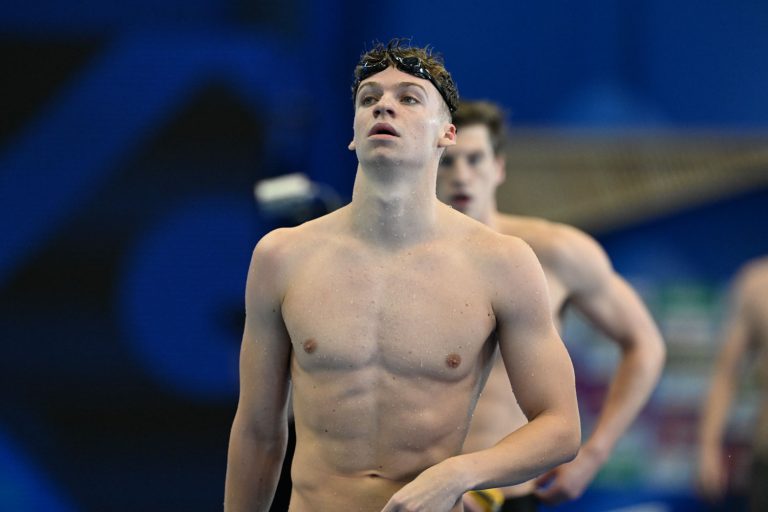In 2025, the world of swimming is witnessing an incredible era defined by speed, power, and precision. From record breaking performances to stunning championship victories, the sport has never been more competitive or inspiring. The athletes at the top have pushed human limits in the pool, displaying discipline and technique that continue to captivate fans across continents. This article focuses on the top ten best swimmers in the world in 2025, spotlighting the faces shaping the future of professional swimming.
The season has been filled with moments that have redefined what is possible, as new talents rise and established champions defend their dominance. Across every major competition, from world championships to Olympic qualifiers, the intensity and skill level have reached new heights. These swimmers are not only winning medals but transforming the sport through consistency, innovation, and resilience.
This comprehensive ranking celebrates excellence in freestyle, butterfly, backstroke, and medley events, offering insight into how the best in the world maintain peak form under constant global pressure. The list reflects more than results; it captures the dedication, mindset, and performance quality that separate elite swimmers from the rest. In 2025, swimming stands as one of the most exhilarating sports to watch, and these athletes are the reason why.
Top Ten Best Swimmers In The World In 2025
10. Lukas Märtens
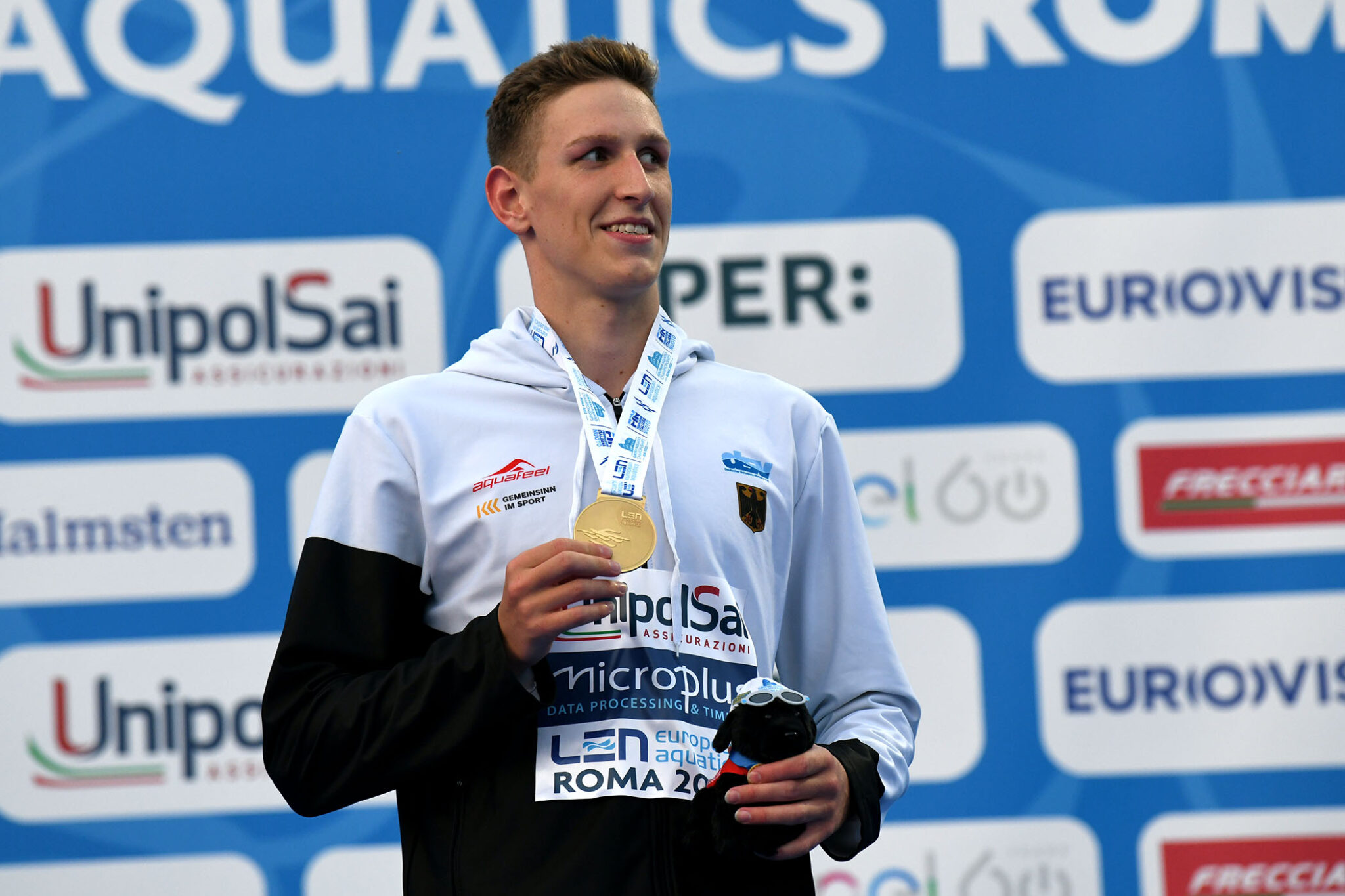
Lukas Märtens made his name by turning range into a strength. The German narrowed his event focus to the 200 and 400 meter freestyles and the choice paid off with more consistent podium performances at major meets. He pairs a steady aerobic base with sharp tempo changes that let him take control through the middle of a race and still hold speed to the finish. Märtens also reads race rhythm well so he rarely overcooks an early pace and can time a decisive surge when rivals fade.
Coaches note his efficient stroke length and his ability to convert yardage into race specific speed without losing form in the final 50 meters. That combination is especially valuable at world level where rounds sap energy and the ability to come back fast in semis and finals separates contenders from also rans. His season plan leans on measured progression rather than sudden peaks which helps him hit finals and then produce faster swims when it matters most.
9. Thomas Ceccon
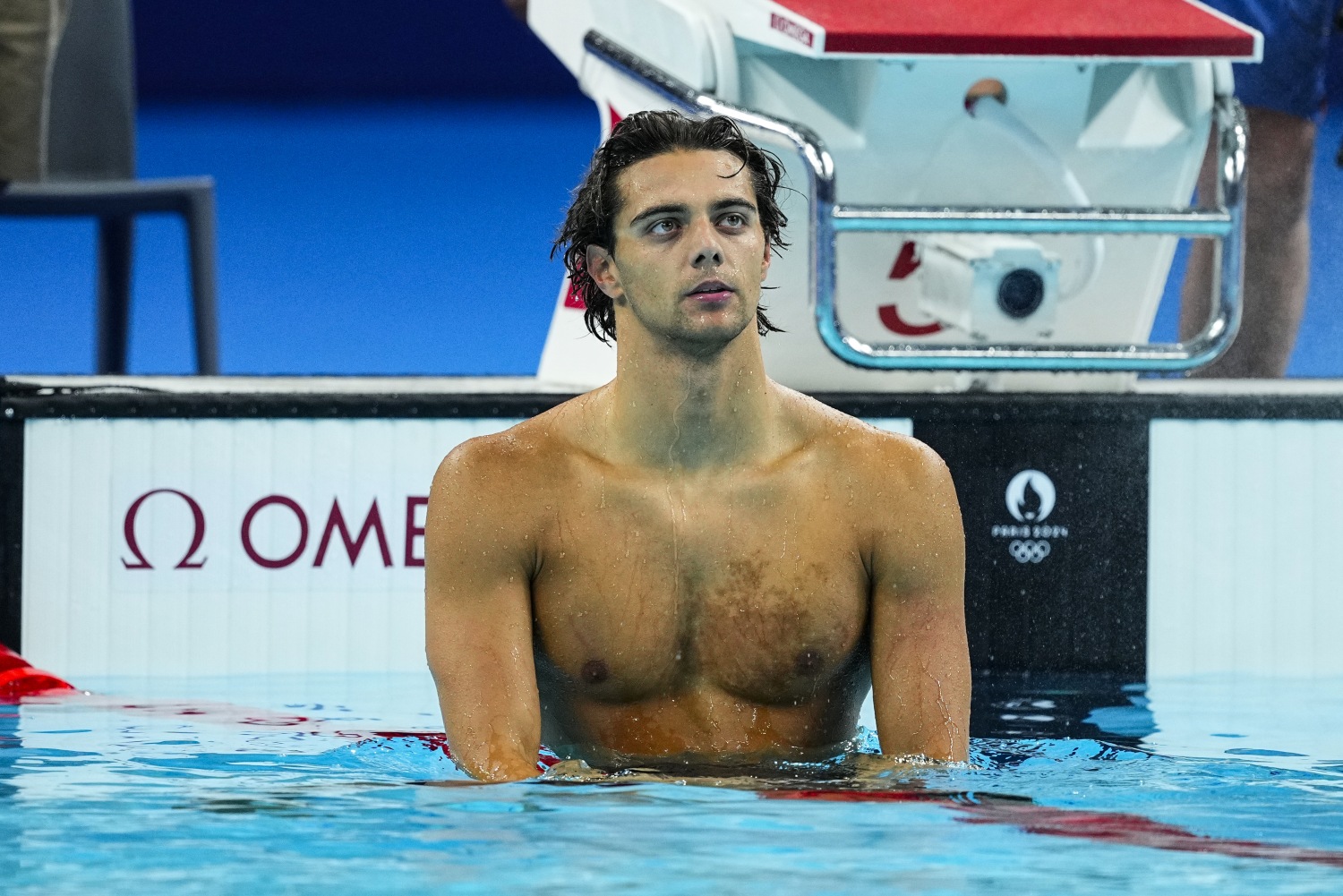
Thomas Ceccon is one of the most versatile men in the sport. He has produced world class backstroke results while also contributing speed in freestyle and butterfly events. Ceccon’s strength lies in an aggressive but technically secure underwater and turn game which lets him gain time without relying solely on surface speed. In races he blends raw sprint power with precise timing so that his transitions between strokes and his underwater phases are often where he makes decisive gains.
Over the season he showed he could land big results across multiple sprint distances and offer his team value in relays where split speed matters. That mix of adaptability and top end pace makes him a perennial threat in one hundred meter back and other short events where margins are tight and execution is everything.
8. Qin Haiyang
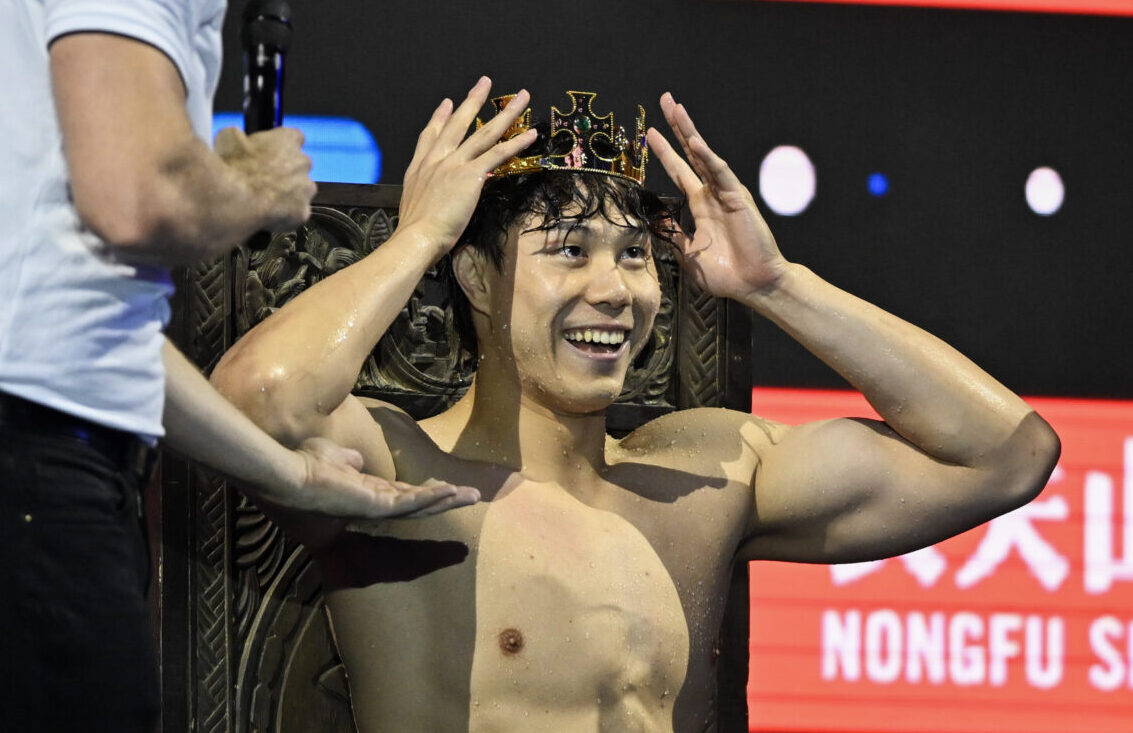
Qin Haiyang remains the standout male breaststroker of this era thanks to a rare blend of top end power and finishing acceleration. He comfortably covers the fifty, the hundred and the two hundred meter breaststroke with race plans that favor a strong middle and a fast final phase. Qin’s underwater timing and stroke tempo let him accelerate when others are already losing steam which turns many finals into his best opportunities.
He is also a relay asset because his sprint splits provide decisive momentum for medley teams. Behind those race day performances is a training approach heavy on race pace simulation and tempo work so that rounds are less damaging from prelims to finals. When his form aligns with race plan he produces swims that feel inevitable because he knows how to press at the precise moments.
7. Kliment Kolesnikov
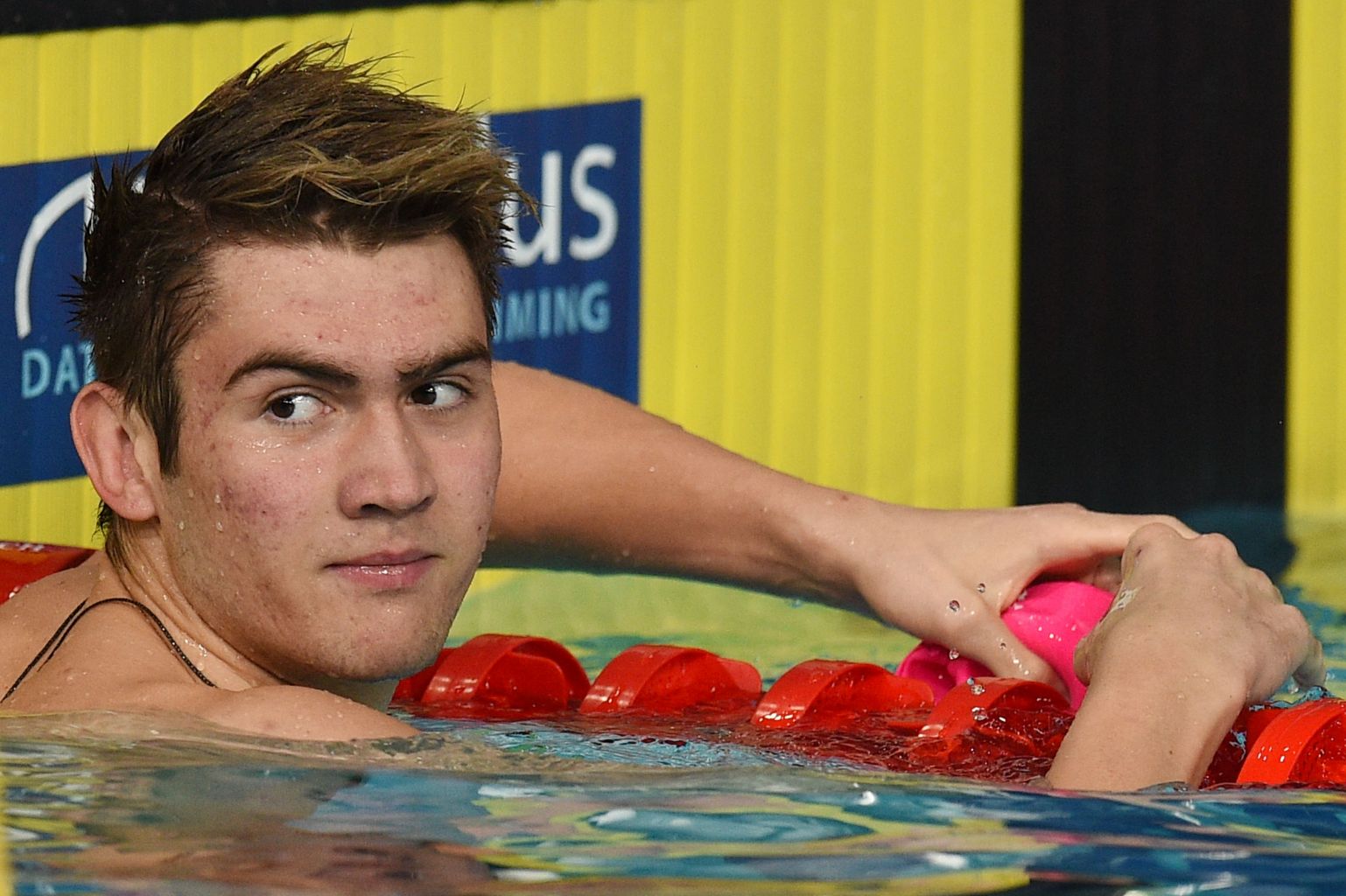
Kliment Kolesnikov is a master of backstroke speed and short course execution who has extended his reach into freestyle and medley events. Known for an explosive start and a clean underwater profile he often gains length on competitors before they establish rhythm on the surface. Kolesnikov’s technical skill around the breakouts and his ability to maintain stroke rate under pressure make him especially dangerous in one length and two length races.
Even as he returns from interruptions to international competition he remains a threat for medals because his raw speed and refined backstroke mechanics translate well across formats. For teams he is valuable not just for individual medals but for relay depth where a fast back leg or free leg can swing a final.
6. Daniel Wiffen

Daniel Wiffen emerged as a force in distance freestyling by combining a lanky endurance profile with an ability to move through water efficiently under race pace. His progression in the eight hundred and fifteen hundred meter events shows both raw stamina and tactical maturity. Wiffen times his efforts to avoid the early surge and to reserve a strong closing phase that can turn races late. That approach served him well at global meets where championship racing often turns slow then explodes in the final laps.
He also manages recovery and race scheduling well which is critical for distance swimmers asked to contest multiple long races across a championship. Wiffen’s presence in finals raises the tactical bar and forces rivals to respect pacing or risk being left behind.
5. David Popovici
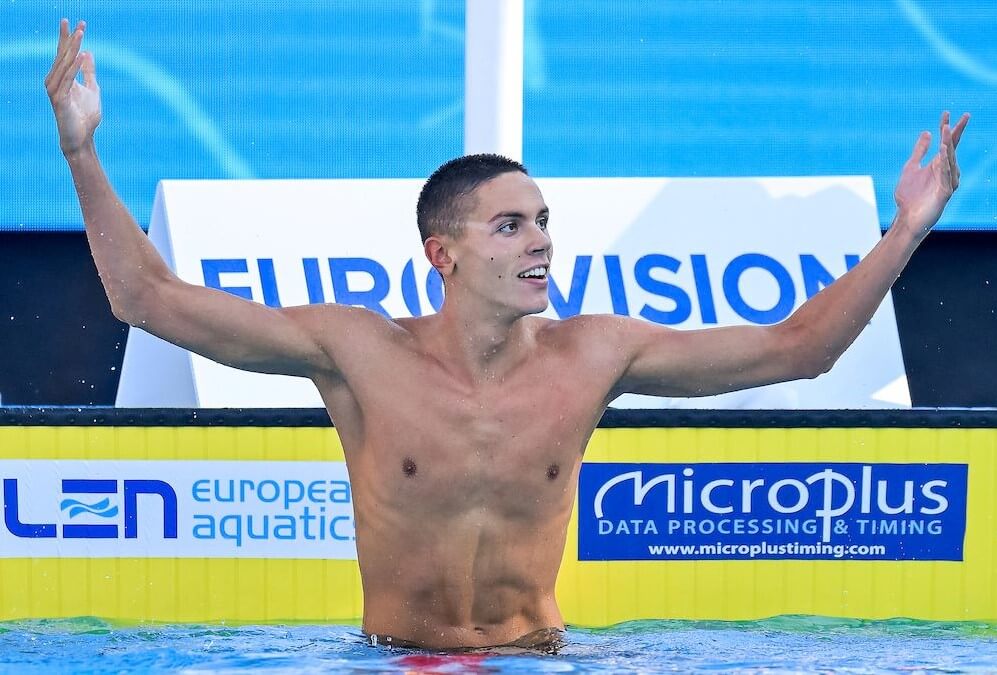
David Popovici blends classical sprint rhythm with modern power across both the one hundred and the two hundred meter freestyle. He has shown the ability to produce extremely fast early splits while still holding enough through the finish to post historic times. Popovici’s stroke economy lets him find speed without wasting motion which is crucial across heats semis and finals. In big meets he has converted early season speed into championship gold which reflects both physical readiness and a calm mental approach.
He trains with a focus on technical refinement and raw velocity so that race execution is automatic. That reliability in the pool makes him a central figure in sprint free lineups and a constant medal candidate in individual and relay races. Recent world level performances underscore his place among the fastest men in history over the sprint distances.
4. Kristof Milak
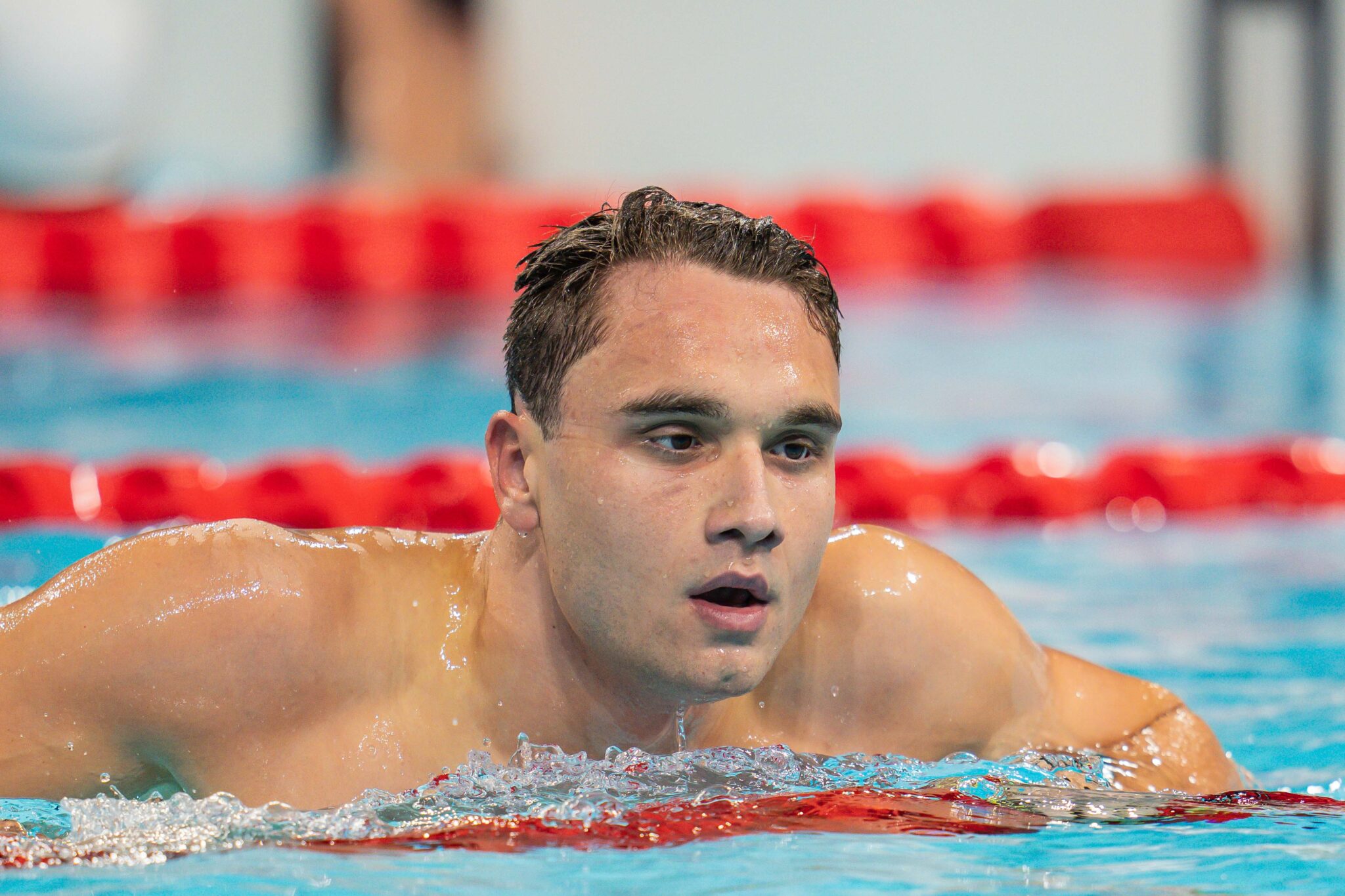
Kristof Milak is the standard bearer for men’s butterfly when he is fully committed to training. He pairs towering tempo with an unusual feel for the stroke so that his fly carries a rare blend of pace and smoothness. Milak attacks races with aggressive early speed yet still manages to preserve enough for closing meters in the two hundred. That balance allowed him to claim top international honors and to directly challenge other versatile champions over the 200 meter fly.
Off the blocks he works on rhythm and shoulder mechanics so that power production is sustainable over two laps and beyond. When his preparation is right he is the kind of athlete who can alter the shape of a final simply by setting a pace others must chase.
3. Bobby Finke
:max_bytes(150000):strip_icc():focal(3790x2395:3792x2397)/GettyImages-2164828773-022f349dc3b24294ac346f3d2d536a6b.jpg)
Bobby Finke has become the defining figure in championship distance racing because of his uncanny ability to close a race at the highest speed. His tactics are simple and effective. Finke races with a controlled early phase and then unleashes a finishing stretch that few can match in the last one hundred meters. That late race power is the product of a massive aerobic engine and a sprint specific focus for final laps in training.
He also shows remarkable calm in chaotic finals and has proven repeatedly that he can deliver a gold when the pressure is greatest. For teams Finke is a cornerstone in distance events and a psychological presence who forces opponents to plan around his signature kick.
18. Pan Zhanle
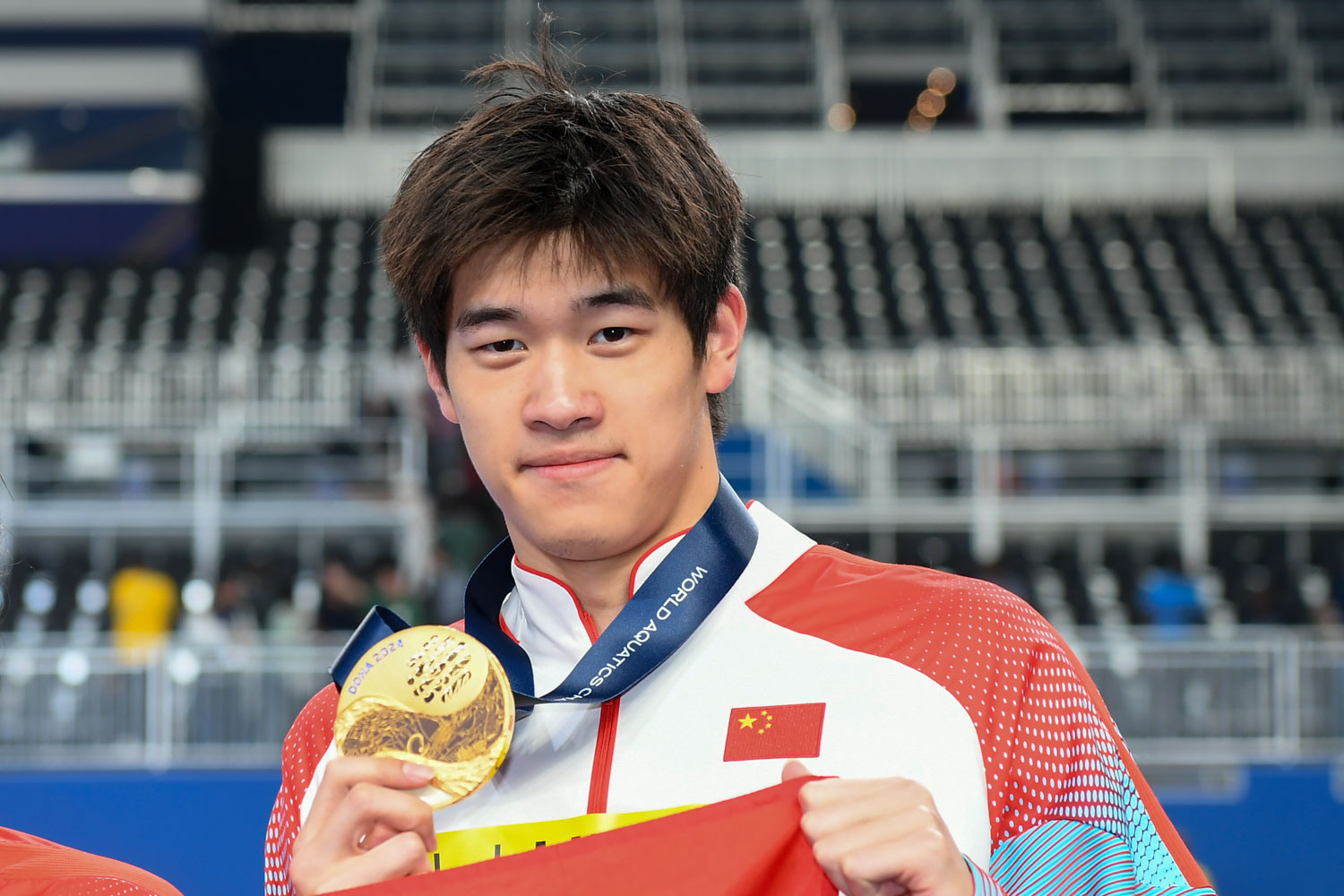
Pan Zhanle rewrote expectations in the sprint free events with astonishing margin and raw speed. His one hundred meter free performances showcased elite stroke rate combined with an enormous acceleration capacity in the second half of the race. That ability to separate himself late made him one of the most feared sprinters on the circuit. Pan also brings value in relays where his splits can change podium outcomes and provide a decisive edge in close finals.
His training balances high intensity sprint days with recovery work to preserve top end speed across rounds. When he executes, races end quickly because his finishing capacity forces rivals into reactive modes rather than proactive race plans.
1. Leon Marchand
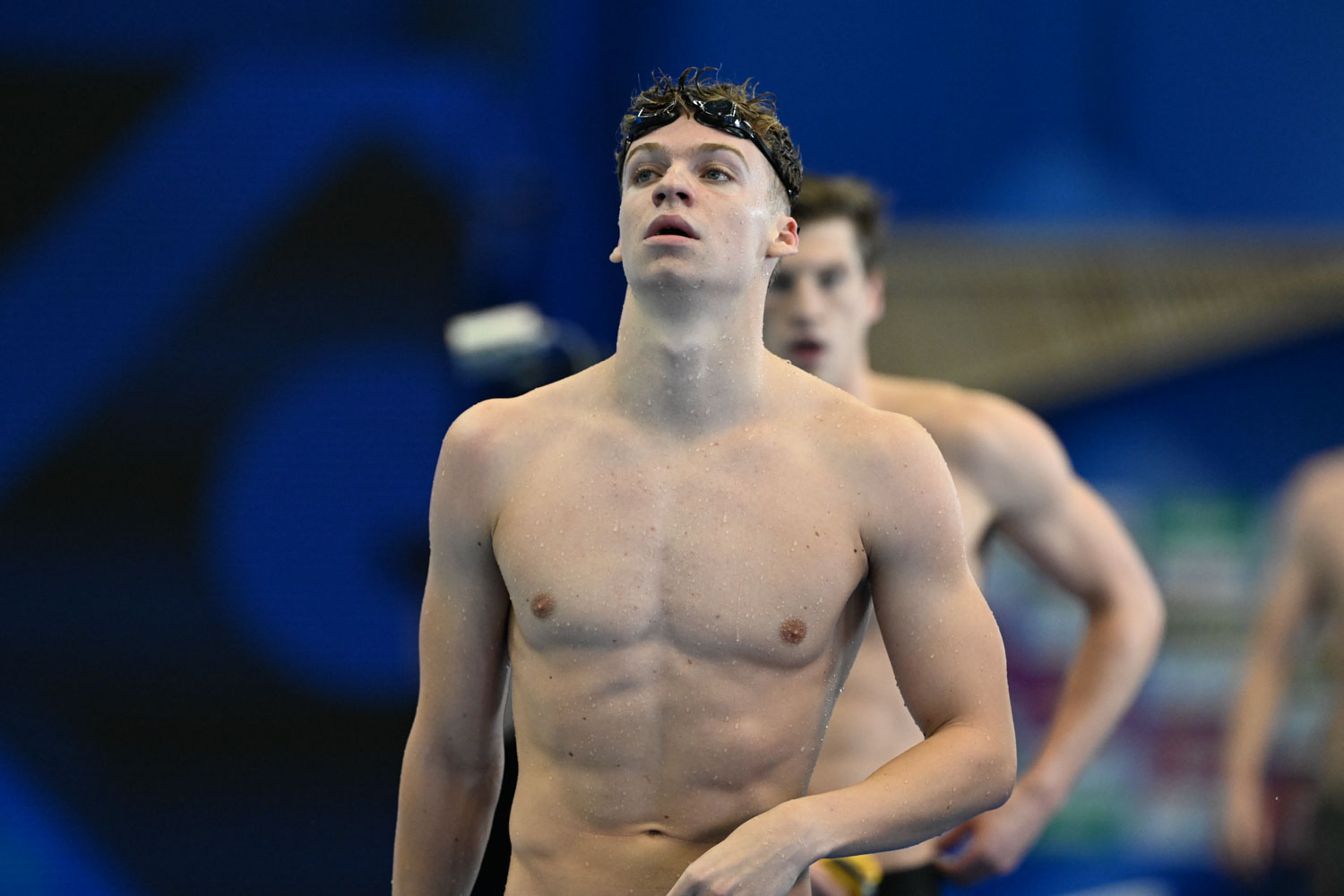
Leon Marchand sits at the top because of rare versatility and a capacity to win across medley and specialist events. He combines a powerful breaststroke leg with technically strong butterfly and dependable freestyle speed inside medley races. Marchand’s race simulation in training and his fast recovery between sessions let him maintain peak form across a heavy championship schedule.
He often produces decisive middle splits that convert finals into contests he controls. Beyond raw times his approach to preparation blends targeted technical work with measured volume so that strength and finesse come together on race day. Recent world level performances including record setting swims underscore why he is regarded as the most complete male swimmer in this season.

